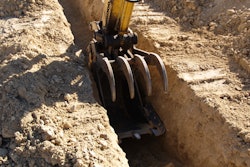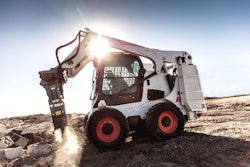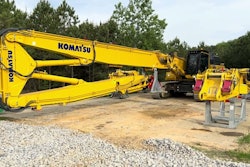A federal judge has upheld an $11,747 U.S. Occupational Safety & Health Administration citation against a Colorado contractor whose employee died when an excavator bucket detached from a quick-coupler device and struck him.
American Civil Constructors has indicated through its attorney that it will appeal the decision by Judge Brian A. Duncan.
According to OSHA the citation, the company failed to furnish a place of employment free from recognized hazards that could cause death. On August 23, 2021, and in other instances, employees were exposed to struck-by and crushing hazards from the unexpected release of a Paladin 54-inch excavator bucket from a Paladin JRB PowerLatch EX coupler.
The judge found the company's safety program in place at the time of the accident was inadequate. The program required employees to undergo various types of safety training, site supervisors to conduct safety meetings, and foremen to conduct weekly toolbox talks. In addition, site supervisors were to conduct daily job analyses to identify work hazards based on tasks to be completed.
Several rules existed to keep employees out of an excavator’s swing zone. If a task required presence in the swing zone, eye contact had to be maintained with the operator. According to court records, American Civil Contractors had a rule against standing under suspended loads. Despite this rule, employees reportedly were not clear that a bucket attached to an excavator would be considered a suspended load.
American Civil Contractors was hired to install new roadways and underground utilities at the 64th and Denali project in Aurora, Colorado.
On August 23, 2021, the crew – consisting of a superintendent, a foreman, an excavator operator, a head pipelayer, and two laborers – was preparing to connect a water pipe section to a fire hydrant. Two members of the crew were instructed to “clean the hole” before the installation. Per records, “cleaning the hole” meant using a John Deere 350G excavator to widen and deepen the trench.










